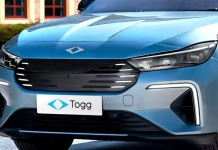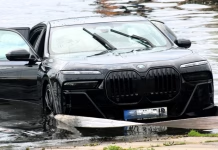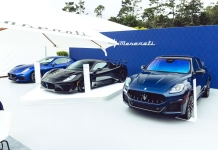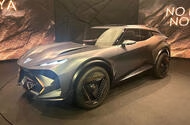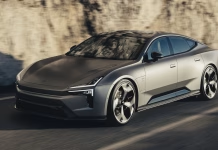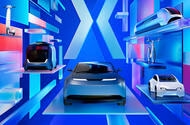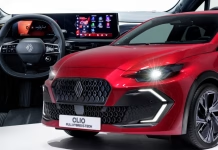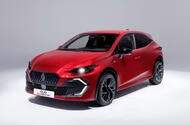Togg T10F Debuts With Striking Tech, Impressive Range, and AWD Power at Munich Motor...
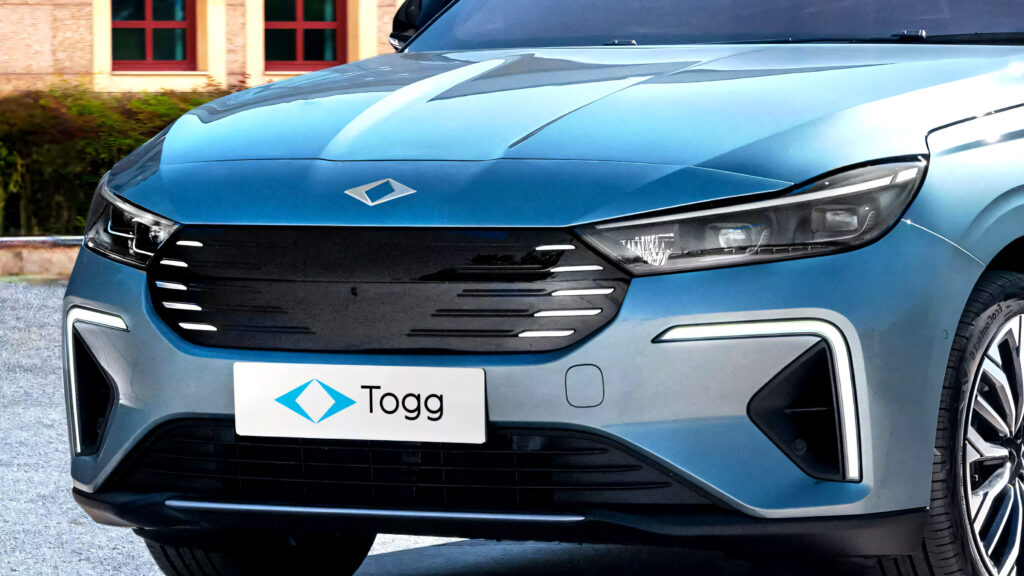
BMW Sinks in Vistula River After Jet Ski Launch Goes Wrong in Poland
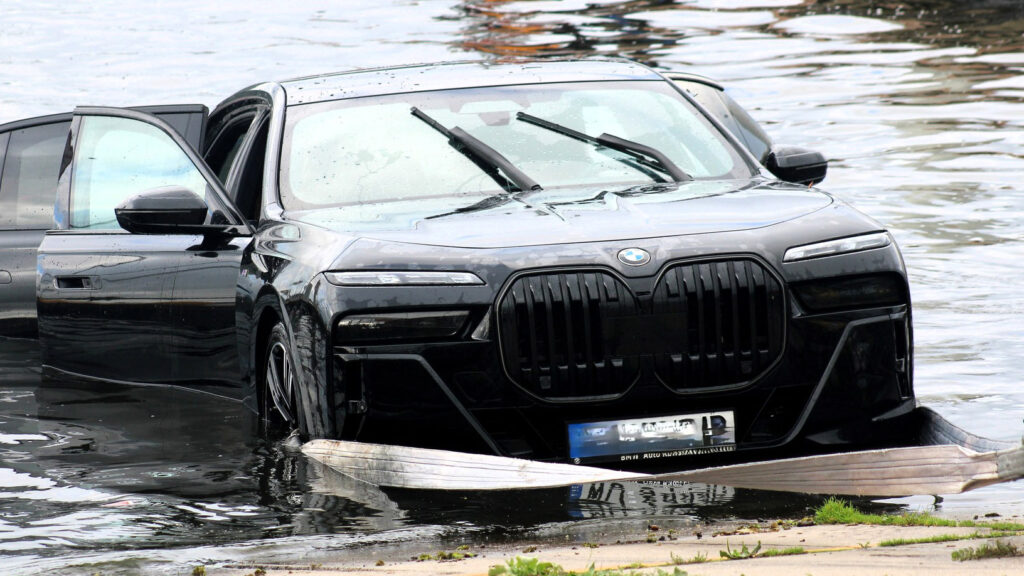
Maserati’s Future Secured as Stellantis CEO Confirms Brand Is Not for Sale
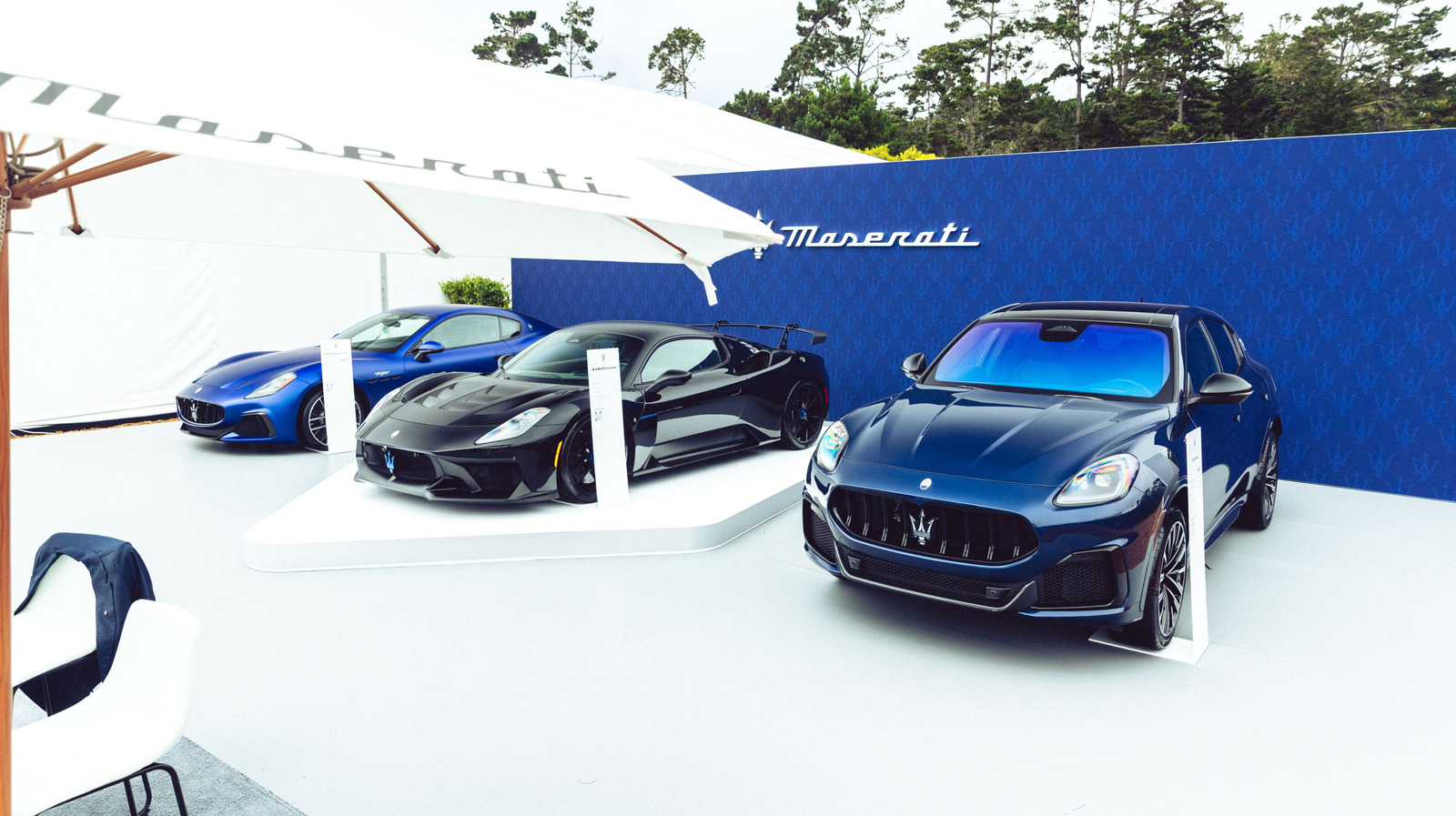
Cupra Tindaya Unveiled Bold Electric SUV Concept Blends Radical Range Extender Tech with Driver-Focused...
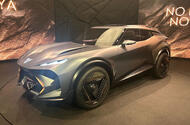 New coupé-crossover concept car previews the largest – and quickest – Cupra model yet
New coupé-crossover concept car previews the largest – and quickest – Cupra model yet
Cupra's new Tindaya concept car shows how the Spanish brand will emphasise driver engagement in its next cars - and uses a radical new range-extender (REx) drivetrain that enables it to go further and faster than current Cupra EVs.
At 4.72 metres long, it's the largest car Cupra has built – and with a 0-62mph time of just 4.1sec, it's also the quickest.
But while it is likely to eventually make production in toned-down form (potentially as a successor to today's Formentor), the Tindaya has been created primarily to show off the futuristic technology and radical new design cues that will be rolled out to all upcoming Cupra models.
New powertrains
Hypothetically based on the same SSP platform that will underpin other Volkswagen Group EVs (including the next Volkswagen Golf and Skoda Octavia), the Tindaya is said to offer the choice of either pure-electric power or, as showcased in this concept, a new REx system that uses a petrol engine to charge the battery.
This is the first indication that the SSP architecture can accommodate a combustion powertrain of any sort – and suggests that a similar set-up could be deployed in other next-generation Volkswagen Group cars.
The Tindaya REx's drivetrain comprises an electric motor on each axle giving a combined 489bhp, a battery that's good for 186 miles of range in its own right and a 1.5-litre four-cylinder petrol engine that Cupra says could boost that to a huge 620 miles by topping up the battery on the move.
Cupra hasn’t given any specifics about its make-up, but Volkswagen-owned American SUV brand Scout will offer its electric 4x4s with the option of a naturally aspirated four-cylinder petrol engine as a REx, sourced from Volkswagen's Mexico factory, and that's likely the unit used here.
Cupra is the latest in a line of manufacturers – including Mazda, Hyundai, Leapmotor and Ford – to experiment with REx technology in Europe, amid a surge in demand for such powertrains in China.
It hasn't shared any plans to deploy such a set-up in a production car, but sibling brand Volkswagen has suggested that wavering uptake of pure-EVs in Europe could create a hospitable market for REx alternatives.
More concrete are the clues the Tindaya provides with regard to the styling of Cupra's next-generation line-up, which head of UX/UI design Ruben Rodriguez Bosch said is all about emphasising emotional appeal.
"When we created this car, we didn't want to create another machine - we wanted to create a car that is alive, like an animal, with some kind of connection with the driver," he explained.
Design overhaul
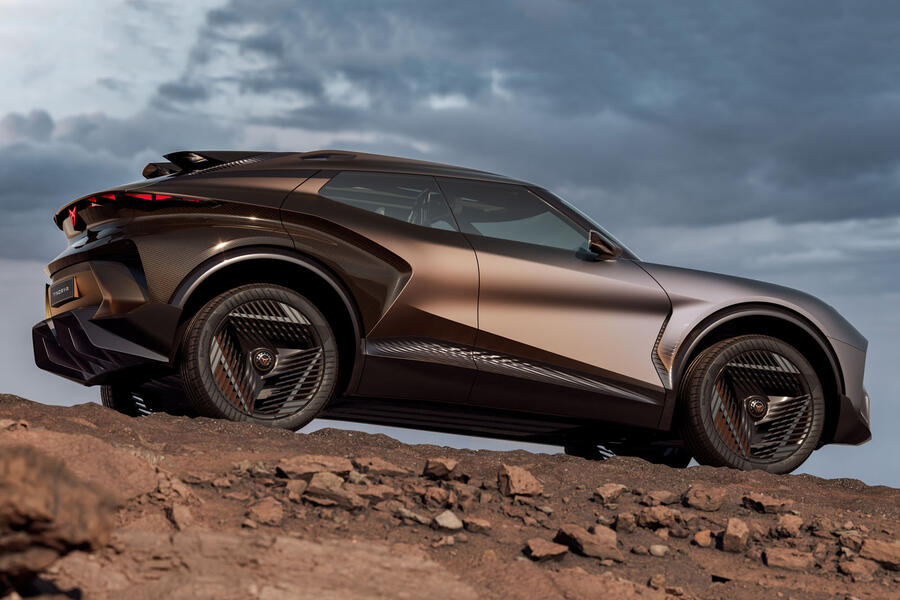
As such, there are display screens at each end of the car that are said to give the effect of breathing, while the muscular haunches and accentuated curves down the sides are described as 'humanised sculptures' - complete with exposed 'under-skin' in the lower portion, where lightweight BComp material represents the Tindaya's "muscles and nerves".
BComp – a "more respectful" alternative to carbonfibre that Cupra will use on upcoming models – is also used to mark out the prominent 'blister' motif that runs around the rear arches.
The use of lots of different materials and colours in the Tindaya's design is all about managing the proportions to "reduce the visual effect" of its substantial silhouette, Rodriguez Bosch said.
The Tindaya's cabin is more conceptual, and certain elements like the pillarless reverse-opening doors, floating seats and full-length centre console will never make it to showrooms - but it nonetheless gives a good idea of what future Cupra cars will look like inside.
"It's a vision that will influence our products in the future," Rodriguez Bosch told Autocar, with the prevailing priority being to emphasise the brand's commitment to driver engagement.
"No drivers, no Cupra," he said. "We love driving, we love cars and we create products for our customers who also love driving their cars."
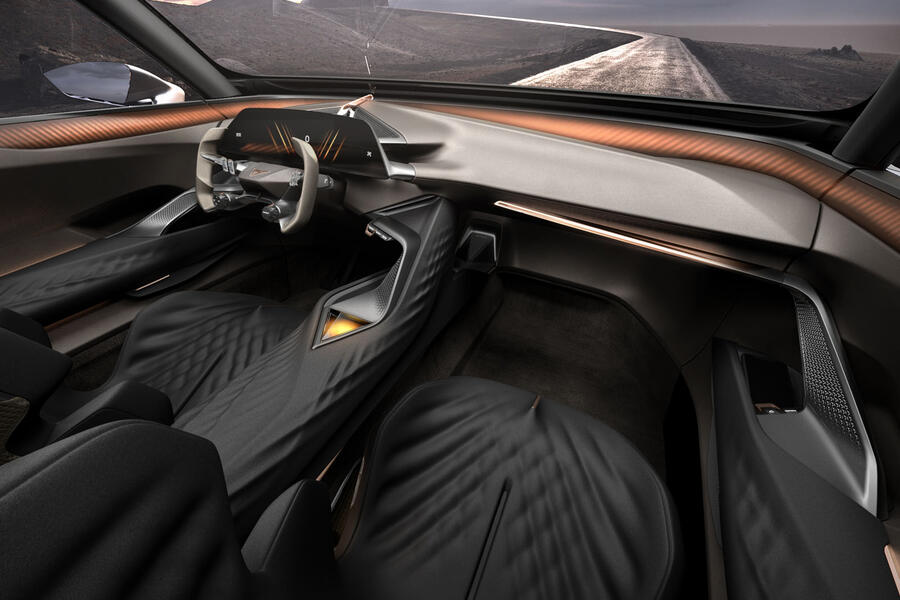
That driver-centric focus manifests in a cockpit that has been designed with heavy influence from sports cars and racing, and majors on tactility. The steering wheel, for example, is swapped out for a serious-looking yoke (that is connected electronically to the wheels and so only needs to turn through 180deg); all four seats are carbon-tubbed buckets; there's a 24in wraparound display and control panel ahead of the driver; and most core functions are controlled using traditional switches and buttons.
"All the elements are for the person that is in command of the car", explained Rodriguez Bosch, adding an emphasis on analogue controls over touchscreens.
"We are going back to more physical buttons. For example, we could have done capacitive switches [on the steering wheel] but these are mechanical switches.
"We are bringing back the physical because the interaction is better."
It's not all about preserving tradition, though: there is a full-width wraparound digital display at the base of the windscreen, an advanced voice control system and a unique, interactive prism-shaped device in the centre console that's used to change the interior settings and drive mode.
However, in a notable shift away from convention, the Tindaya does not feature a touchscreen - and that's because Cupra sees the potential for artificial intelligence to eventually be able to serve much the same purpose.
AI could replace touchscreeens
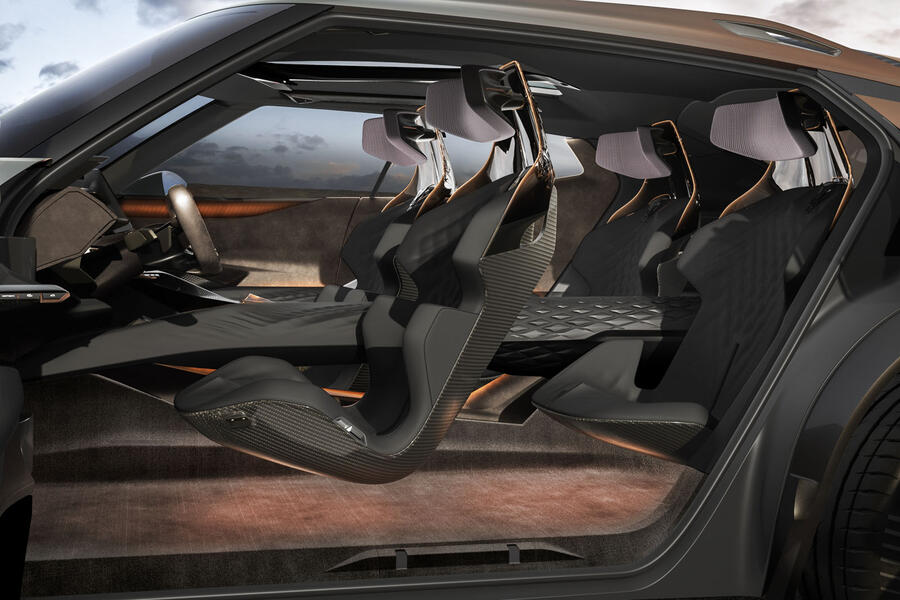
"We see AI as an enabler for new ways of interaction for the future," explained Rodriguez Bosch. "A few years ago, voice assistants didn't work properly, so it was very difficult to drive by voice, but we see AI as a potential opportunity to improve that."
Asked if that means Cupra thinks its customers are ready to ditch touchscreens in their cars, he said: "We will be soon. Maybe not now, but soon. One year ago, there was no AI, and now that technology is evolving really, really fast, and people are adapting as fast as the technology is evolving.
"All cars have all the content, all the time, in screens - and here we are trying to change that, offering only what you need."
The Tindaya's emphasis on driver enjoyment and sporting thrills is similar to that of Cupra's radical DarkRebel supercar concept from 2022, but Rodriguez Bosch said the new show car takes a less exclusive approach.
"People driving this kind of car [an SUV] also want to have a nice driving experience, and this is where we think Cupra comes in," he said. "We offer products that are more for daily use but with a nice experience. It's the evolution of [the DarkRebel] into a daily-use car."
Volkswagen Reinvents Iconic Models With Bold Electric Vision to Challenge Rivals
Polestar 5 Unveiled with Powerful Performance and Innovative Lightweight Platform
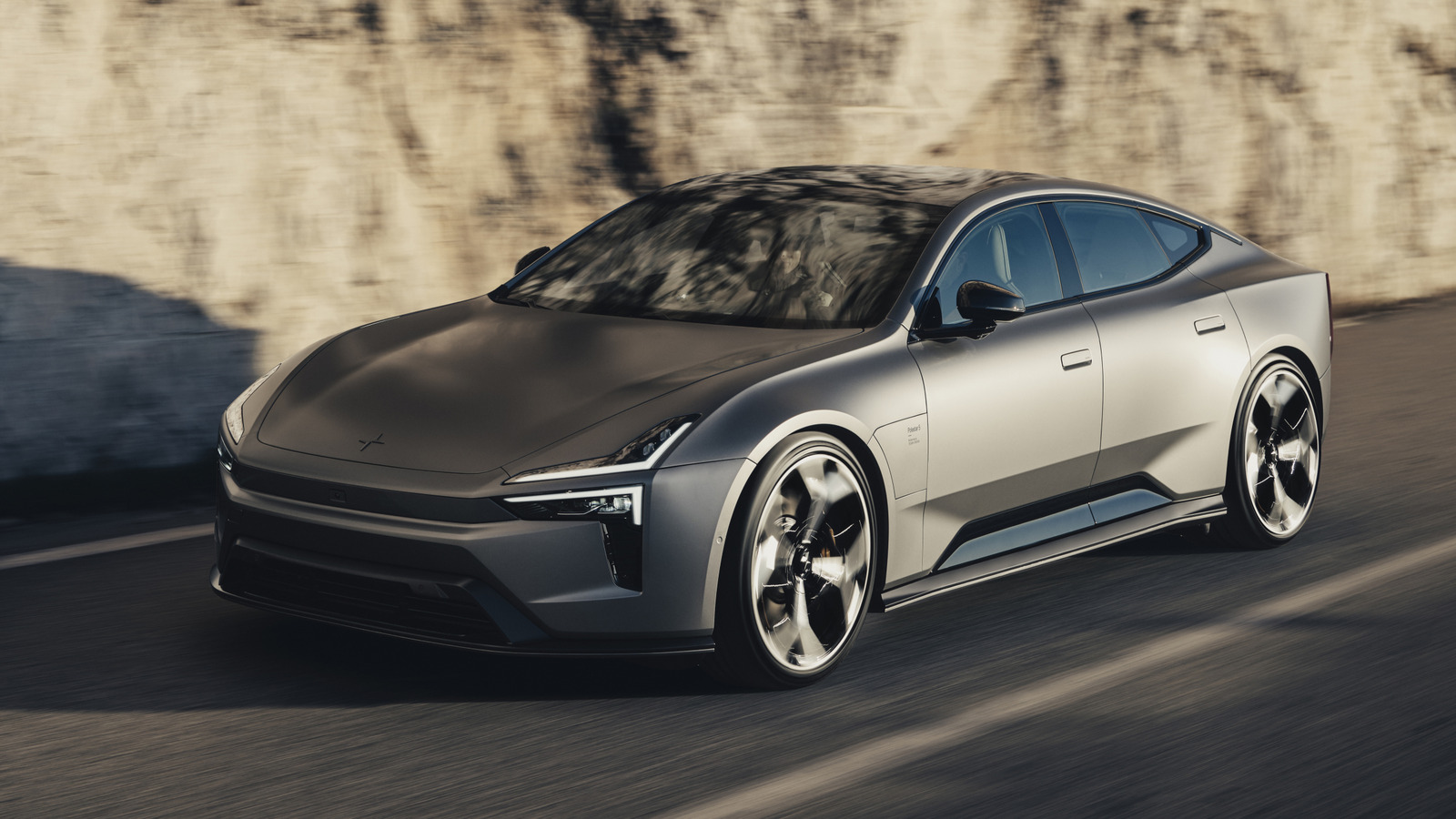
Unveiling the Hottest Cars of 2025 Highlights from the Munich Motor Show
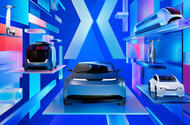 The IAA Mobility show 2025 kicks off today in Munich, and these are some of the highlights
The IAA Mobility show 2025 kicks off today in Munich, and these are some of the highlights
It's the 2025 Munich Motor Show, Europe's biggest motor show of the decade. And it's chock full of new car launches and unveilings.
Autocar has a team on the show floor and beavering away at our HQ. Join us, then, as we bring you the highlights of the 12 biggest launches of the show, from one-off concept cars to full production examples; from compact EVs to 700bhp supercars.
In no particular order, we've got all you need to know about the Mercedes-Benz GLC EQ, Opel/Vauxhall Corsa GSE Vision Gran Turismo, Renault Clio, Mini JCW x Deus Ex Machina, VW ID Polo GTI, Leapmotor B05, Porsche 911 Turbo S, Cupra Raval and Audi Concept C. For more on all of these cars and much more besides, click on the video player above.
Video not working? Click here.
2026 Renault Clio Debuts with Bold New Look, Hybrid Power, and High-Tech Upgrades
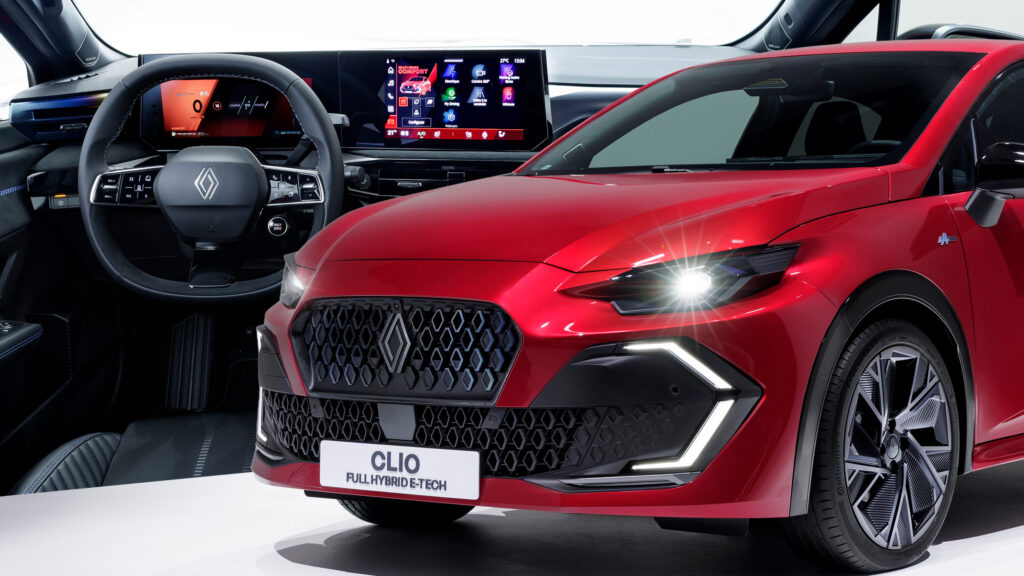
Why Human Creativity Still Outshines AI in Car Design

2027 Renault Clio Unveiled with Striking Design Larger Size and Advanced Tech for a...
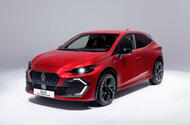 Supermini given a new lease of life with concept car looks, bigger footprint and updated tech
Supermini given a new lease of life with concept car looks, bigger footprint and updated tech
The new sixth-generation Renault Clio has been revealed at the Munich motor show, bringing the most significant design update for the supermini in more than a decade.
The new model draws heavily on last year’s Emblème concept by adopting a similarly aggressive-looking design. The influence is especially notable at the front, where an angular nose and new grille are flanked by daytime-running lights that are shaped like bisected diamonds.
The new Clio is larger than the car it replaces. It measures 4.12m long (up 67mm), 1.77m wide (up 39mm) and 1.45m tall (up 11mm), splitting the difference between the outgoing Clio and bigger, C-segment hatches such as the Volkswagen Golf.
Insiders suggest the increases are due to the need to fit larger and more complex engines for future emissions regulations and improved impact protection.
But the overarching intention, said Paula Fabregat-Andreu, Renault’s design director for the A- and B-segments, was to produce the “sexiest Clio” to date by taking advantage of new technologies and production techniques.
For example, Renault has been able to provide the new Clio with details such as pronounced indentations around the front and rear lights and flanks moulded to form an almond shape.
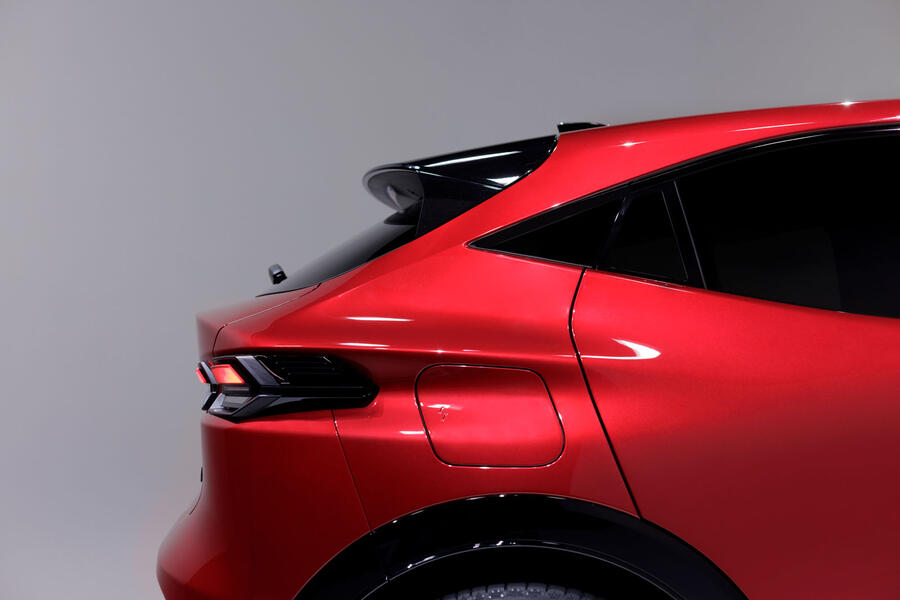
Elsewhere, the leading edge of the boot has been raised to create a spoiler. Together with the lip affixed to the roof, it forms a twin-deck arrangement.
Inside, the new Clio gets the same 10.1in infotainment and instrument display screens as the Renault 4 and 5. In mid-rung Techno and range-topping Esprit Alpine trims, these will run the brand’s OpenR Link software, with integrated services such as Google Maps and the Google Play app store. The steering wheel, meanwhile, is taken from the larger Renault Rafale SUV.
Boot space is a match for the outgoing car’s, at up to 391 litres, which keeps it ahead of the 381-litre Golf from the class above.
Under its new skin sits the same CMF-B platform used by today’s Clio. However, Renault says it will be more enjoyable to drive. In that pursuit, it remains relatively light: the pure-petrol model weighs 1155kg. The new car also has a quicker steering rack – 2.6 turns lock to lock compared with the previous 3.3 – and a wider track.
Two powertrains will be offered in the UK, each a development of those offered in today’s Clio.
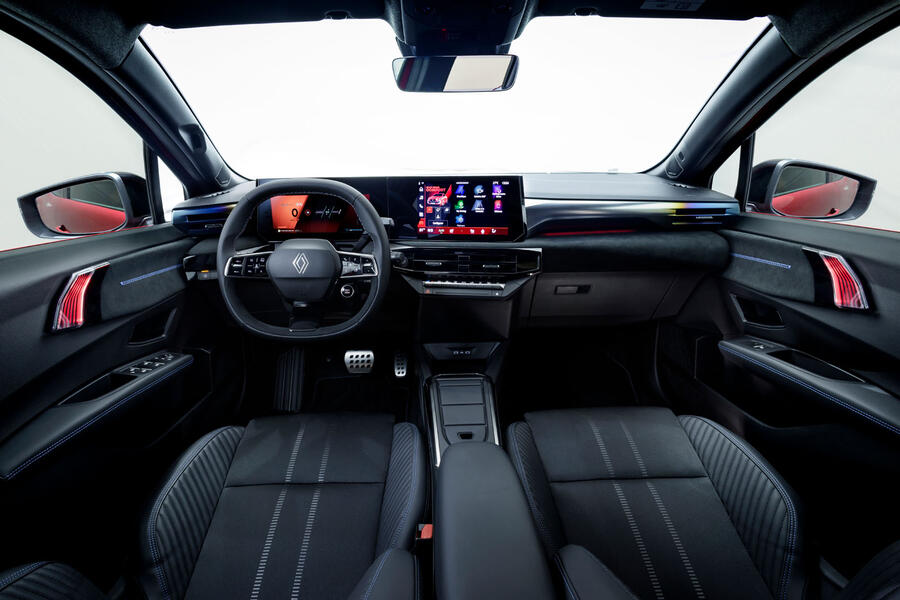
The entry-level 1.2-litre turbocharged three-cylinder engine is paired with a six-speed manual gearbox and now produces 113bhp and 140lb ft, up from 88bhp and 118lb ft.
That enables it to complete the 0-62mph sprint in 10.1sec, an improvement of 2.1sec. Fuel economy and CO2 emissions are nominally better than before.
The hybrid retains its two electric motors and four-speed automatic gearbox, but its four-cylinder petrol engine has been upsized from 1.6 to 1.8 litres and the battery from 1.2 to 1.4kWh.
These changes have netted an increased power output of 158bhp – cutting the 0-62mph time by 1sec to 8.3sec – and allow the car to run on its electric motors alone for 80% of the time at town speeds, claims Renault. It yields a top-end economy of 72mpg and emissions of 89g/km.
Although the new Clio is being displayed at this year’s Munich motor show, it will not arrive in UK showrooms until 2027.
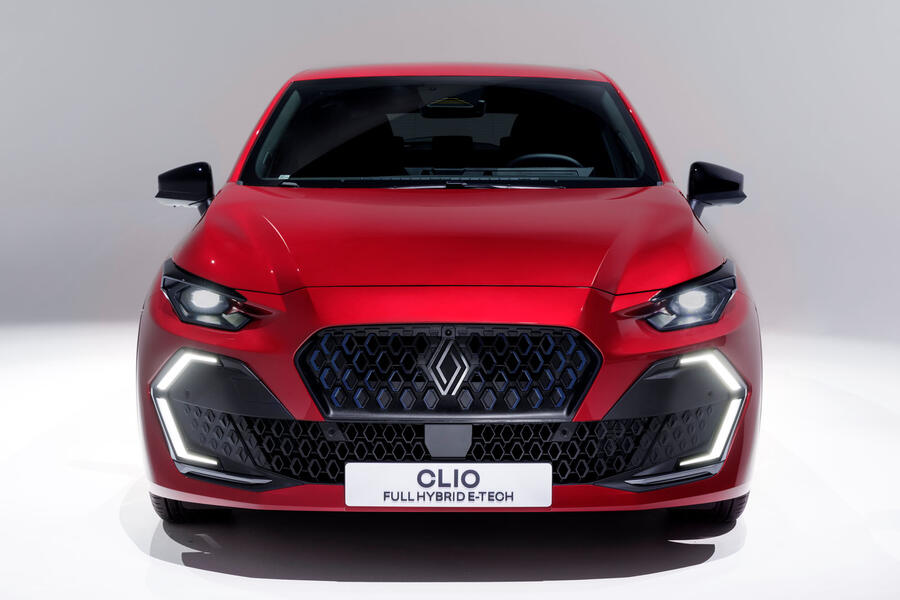
Autocar understands this is in part due to the uncertainty created by the government’s then stringent zero-emissions vehicle mandate last year.
It is believed that the legislation’s relaxation earlier this year, as well as the success of the electric R5, has given the brand the necessary head room to bring the Clio to the UK. However, the delay in making the decision set back development of the right-hand-drive version.
“We’ve taken the time to assess how demand is evolving,” Renault UK managing director Adam Wood told Autocar. “Of course, we’ve got a change in legislative landscape that we’ve paid close attention to, [but] we always had a strong desire to bring what is a brand icon: you think Renault, you think Clio, and vice versa.”

